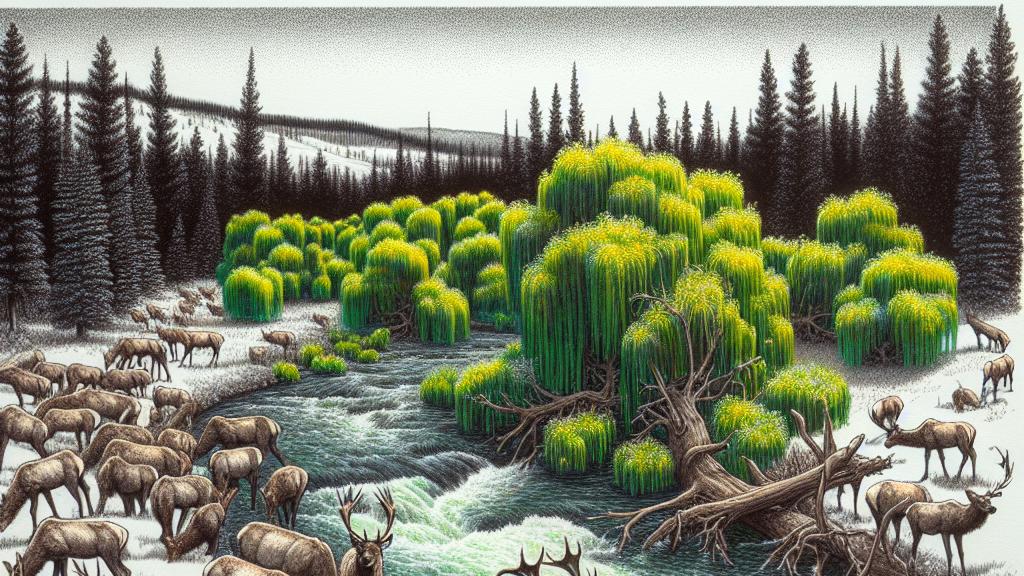How Wolves Help Restore Ecosystems in Yellowstone National Park
Overview
- Wolves are pivotal in sustaining the balance of Yellowstone's ecosystem.
- Their presence catalyzes remarkable growth among plants and wildlife.
- Understanding their role reveals the intricate connections in nature.

The Astonishing Impact of Wolves
In the rugged beauty of Yellowstone National Park, wolves are not just majestic creatures; they are essential to the health of the entire ecosystem. After their reintroduction in the mid-1990s, these top predators became the guardians of ecological balance. Their hunting habits effectively control elk numbers, which had previously skyrocketed, leading to overgrazing and significant declines in vital plant species such as willows. Picture this: vibrant willows, after years of stress, now flourish alongside rivers, creating lush riparian zones alive with wildlife. This transformation is a stunning example of a trophic cascade—where the actions of wolves ripple through the ecosystem, ultimately revitalizing plant life and enriching biodiversity.
Decoding the Trophic Cascade Phenomenon
So, what exactly is a trophic cascade? It's a fascinating ecological phenomenon that occurs when predators, like wolves, are either introduced or removed from an environment. In Yellowstone, the wolves' return resulted in a staggering 1,500% increase in willow crown volume, a testament to their powerful influence. With willows thriving, they provide not only food and shelter but also stabilize riverbanks, highlighting another layer of ecological benefits. Moreover, as plants rebound, a diverse array of animals returns, illustrating the interconnected web of life. This dynamic showcases how a single predator can tip the scales, reaffirming the notion that every species has a role in maintaining harmony in nature.
The Ripple Effects on Biodiversity and Ecosystem Resilience
The benefits of wolf restoration extend far beyond just plant recovery, spurring a vibrant resurgence among various wildlife species. As willows and other plants, like aspens, flourish, they create an inviting habitat for birds and small mammals, leading to an explosion of life that captivates visitors to the park. Imagine strolling through this thriving landscape where the calls of songbirds fill the air and deer cautiously graze at the forest's edge. This bustling biodiversity not only enhances the visual and auditory beauty of Yellowstone but also reinforces the ecosystem's resilience against climate change and habitat degradation. The message is abundantly clear: restoring predators like wolves isn't merely an act of conservation; it's a lifeline for the entire ecosystem, a dazzling reminder of the intricate balance that sustains life.

Loading...